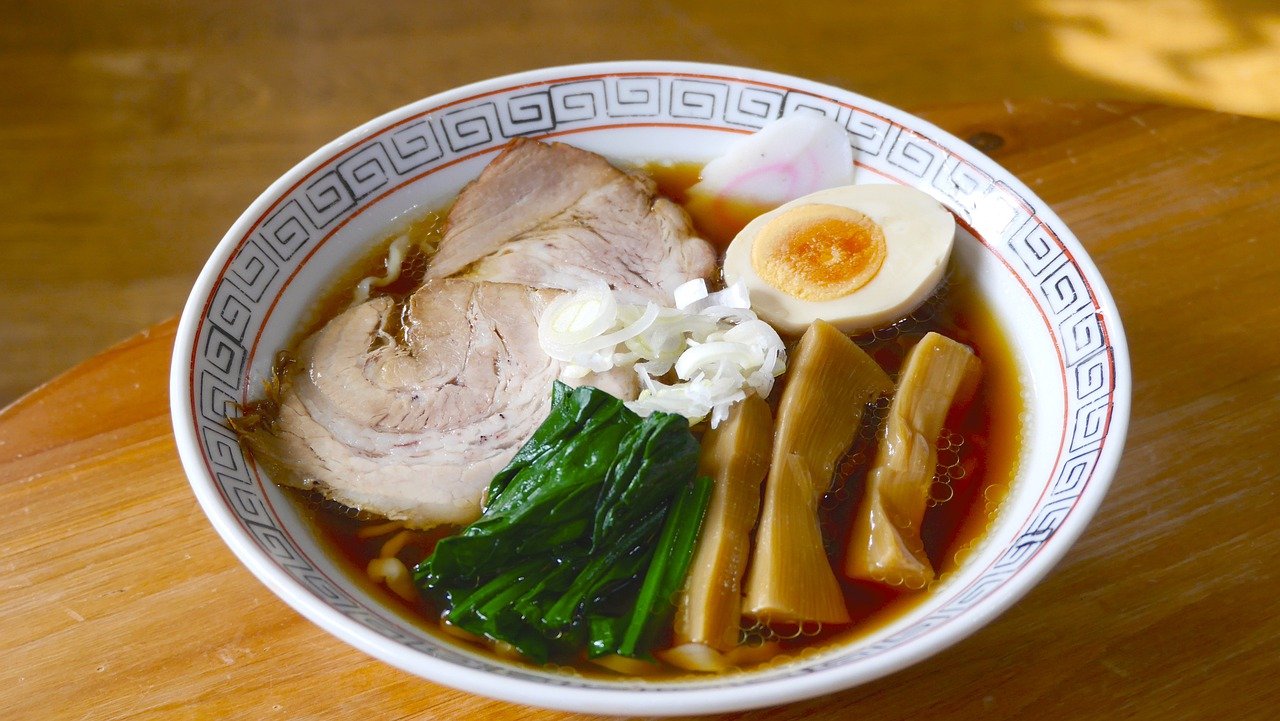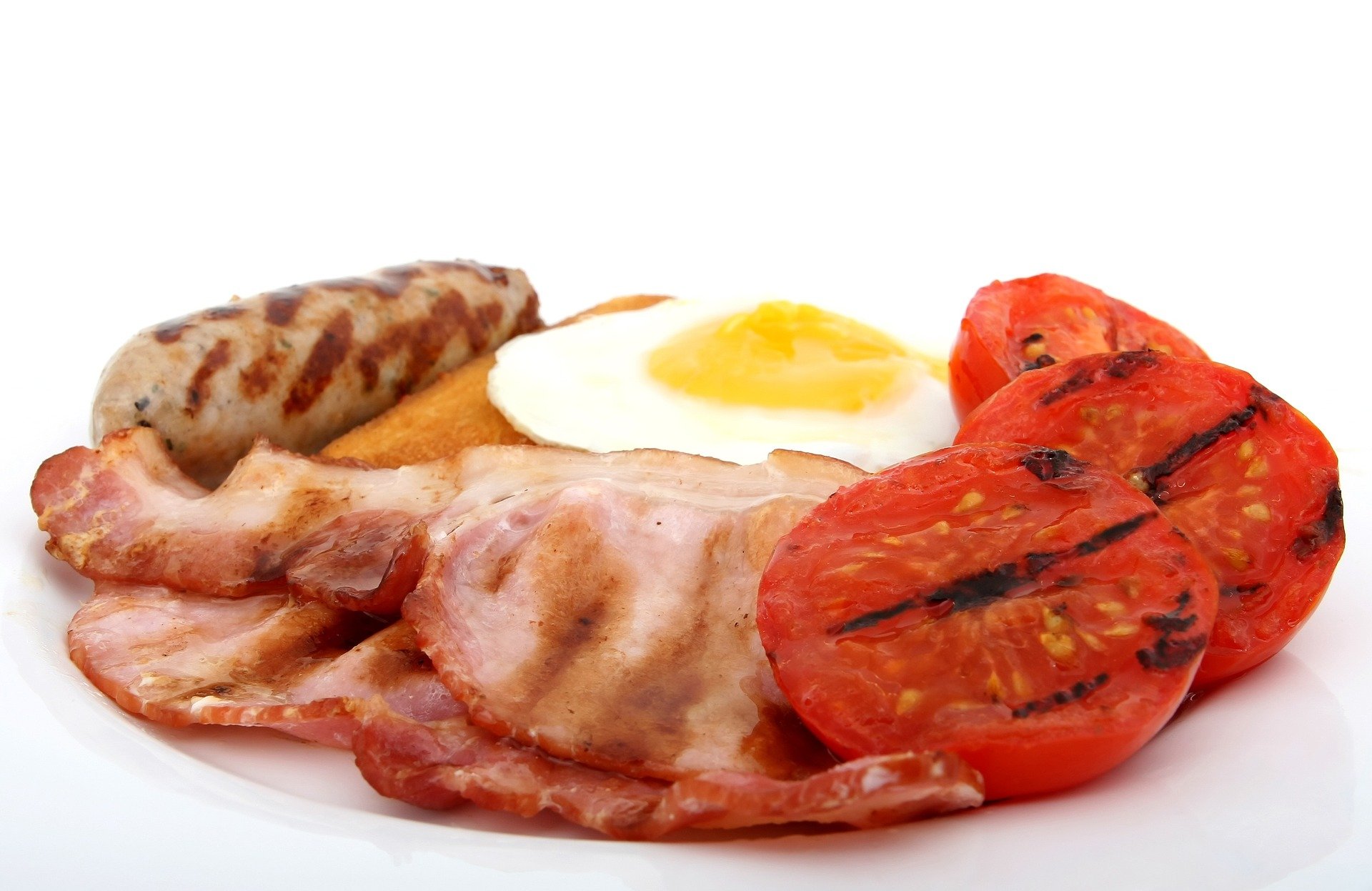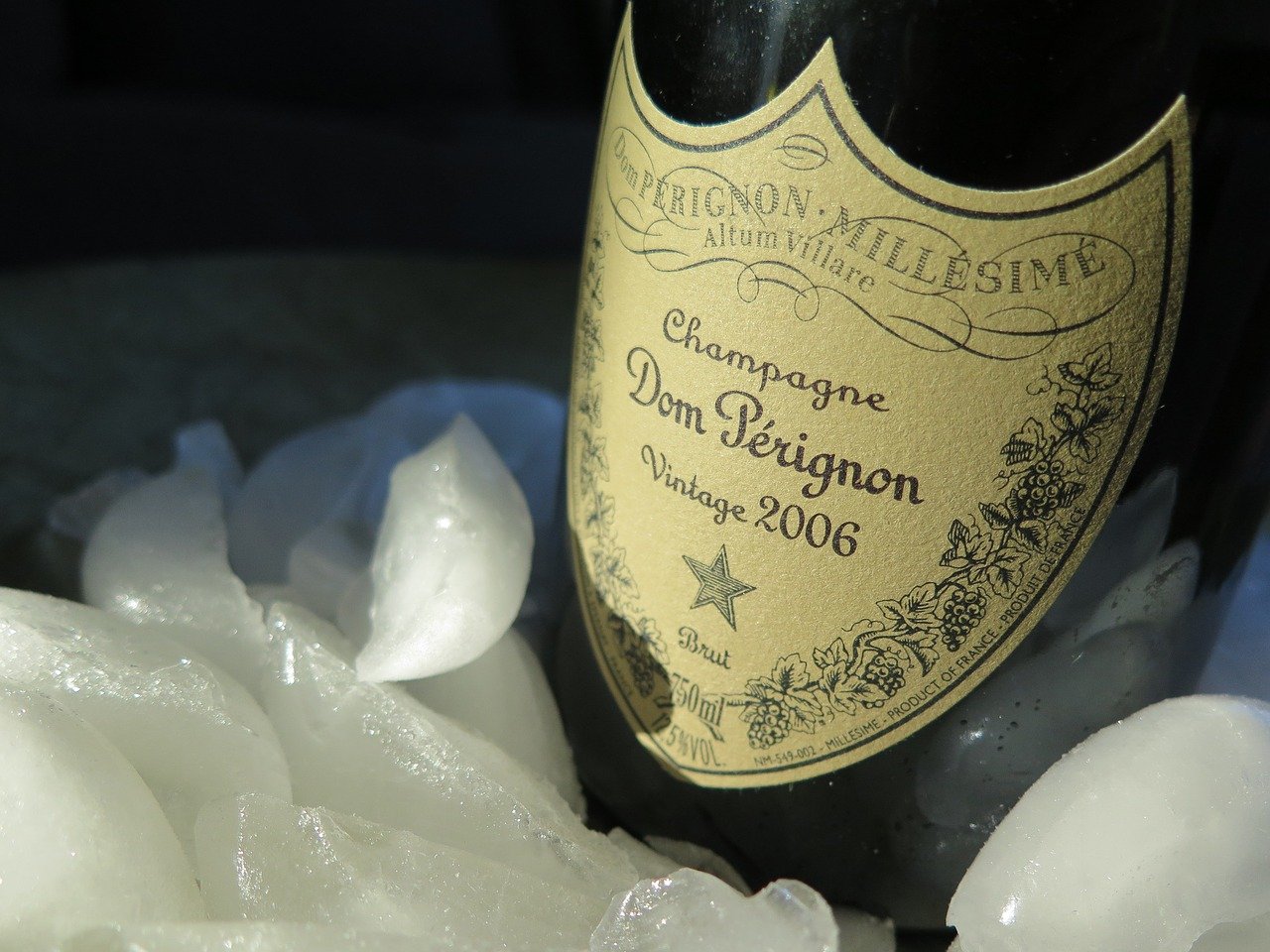Umami taste in wine: another fake news?
I have always claimed to my students that it was very unlikely to perceive umami taste in wine. Then, a scientific publication released in January 2021 challenged my thinking.
 (Photo by Anthony Hardy from Pixabay)
(Photo by Anthony Hardy from Pixabay)Umami taste: the fifth basic taste
Umami taste is the sensation you can perceive from Glutamic acid, an amino acid abundant in meat and fish. Prof. Kikunae Ikeda identified in 1908 this unique taste when tasting glutamic acid and called it umami, which means delicious in Japanese [1].
 A dish with high umami potential (Photo by NaoYuasa from Pixabay)
A dish with high umami potential (Photo by NaoYuasa from Pixabay)Not everyone in the Western world is familiar with the umami taste.
One of my panelists, back in France, was of Japanese heritage.
She was the only person on my 20-people panel who could clearly distinguish this taste from the other taste solutions of sweet, sour, salty, or bitter, in a blind tasting.
The other panelists, mostly of European descent and including myself, described umami as "brothy," "savory," or "sweet/salty," etc.
If you are unsure of what umami tastes like, you can prepare a solution with 1g/l of MSG, sold in the spice aisle of your grocery store.
You may have heard of MSG, monosodium glutamate. It is the salt form of glutamic acid. Interestingly, MSG solutions also have a thicker mouthfeel, which might relate to a similar sensation experienced in chicken broths.
MSG is a flavor enhancer widely used by the food industry worldwide. Research showed that only 0.6g of umami compounds could increase people's satisfaction in a meal [1].
However, umami taste is characteristic of many natural and fermented food products such as tomato, fish and soy sauces, broth, cheese.
 Umami taste boosts the flavor of this breakfast classic (Photo by Shutterbug75 from Pixabay)
Umami taste boosts the flavor of this breakfast classic (Photo by Shutterbug75 from Pixabay)Why not an umami taste in wine, which is also a fermented beverage?
Is wine a plausible candidate for umami taste?
Danish scientists explored the umami taste potential of several fermented beverages, including Champagne, white, and rose wines.
The scientists specifically investigated the umami potential in wines aged on lees. During this process, yeasts eventually die, resulting in the release of free amino acids that could elicit the umami taste.
They analyzed the concentration of 17 amino-acids in 9 wines (including two samples aged on lies) and nine Champagne wines (including two old vintages, 2000 and 2008).
Scientists found high concentrations of amino acids
They found the highest concentrations of Glutamic acid in two Chardonnay wines and Champagne wines' older vintages. I was surprised that a Muscadet sur lie (on lees), a white wine traditionally aged on lees, had one of the lowest concentrations.

Is the concentration high enough to elicit umami taste?
The recognition threshold (lowest concentration to identify the umami taste) for Glutamic acid in water is about 30mg/100mL. None of the wines had high enough Glutamic acid concentrations to assume that wine tasters could perceive an umami taste.
Wines aged on lees could pair well with seafood
The power of umami compounds is that they don't need to be recognized to impact the overall flavor of a dish positively. That's why MSG is still widely used by the food industry.
The Danish scientists hypothesized that wines with the highest concentration of umami compounds would pair well with food also high in umami compounds, such as seafood.
They calculated the umami potential of different Champagne wines and several oyster species. They determined that the best pairing for a maximum umami potential was an aged Champagne wine and European oysters [3].
Unfortunately, their assumption is theory-based, and the research didn't include a sensory tasting to validate it.
 Photo by Ludwig Willimann from Pixabay
Photo by Ludwig Willimann from Pixabay Photo by marrguez from Pixabay
Photo by marrguez from PixabayMay we also conclude that experiencing umami becomes an expensive taste for food and wine pairing?
My takeaway
I will continue to claim that perceiving umami taste in wine is unlikely until more data can prove otherwise.
Published February 10, 2021
References
[1] Klosse, P. Umami in wine, Research in Hospitality Management, 2:1-2, 25-28, (2013)
[2] Vinther Schmidt, C., Olsen, K., Mouritsen, O.G., Umami potential of fermented beverages: sake, wine, champagne, and beer, Food Chemistry (2021)
[3] Vinther Schmidt, C., Olsen, K., Mouritsen, O.G. Umami synergy as the scientific principle behind taste-pairing champagne and oysters. Sci Rep 10, 20077 (2020)

New! Comments
Have your say about what you just read! Leave me a comment in the box below.